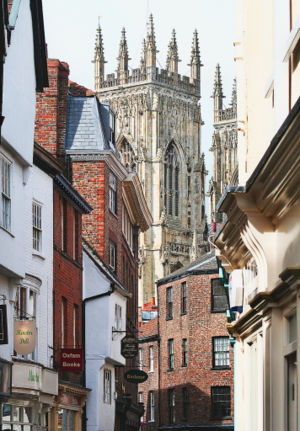Yorkshire and the Humber
Yorkshire and the Humber is one of England's nine administrative regions. It consists of most of Yorkshire and the northernmost area of the historic county of Lincolnshire. In total, all or parts of five historic counties make up the region. The 'Humber' in its name refers to the Humber estuary, which divides Lincolnshire from part of Yorkshire. The region is represented in the European Parliament and organised through a UK Government Office.
Yorkshire and the Humber is further divided into administrative areas which do not necessarily reflect the history or culture of the region. For example, York is regarded as the capital of North Yorkshire, but within Yorkshire and the Humber the city is its own unitary authority. Likewise, Hull is politically separate from the East Riding of Yorkshire. The northernmost areas of the historic county of North Yorkshire are outside 'Yorkshire and the Humber', instead assigned to the North East England region. To the south, North Lincolnshire and North East Lincolnshire are placed inside Yorkshire and the Humber, with the rest of Lincolnshire in the East Midlands region.
Yorkshire and the Humber is predominantly rural to the east and urban to the west. 20% of its total area is National Park land, with the population in North Yorkshire much lower than the rest of the region. In total, Yorkshire and the Humber accounts for about 9% of the population of the UK, with over five million residents.[1]
Footnotes
- ↑ Government Office for Yorkshire and the Humber: 'Fact Files - Yorkshire and The Humber'. Accessed 11th June 2008.
